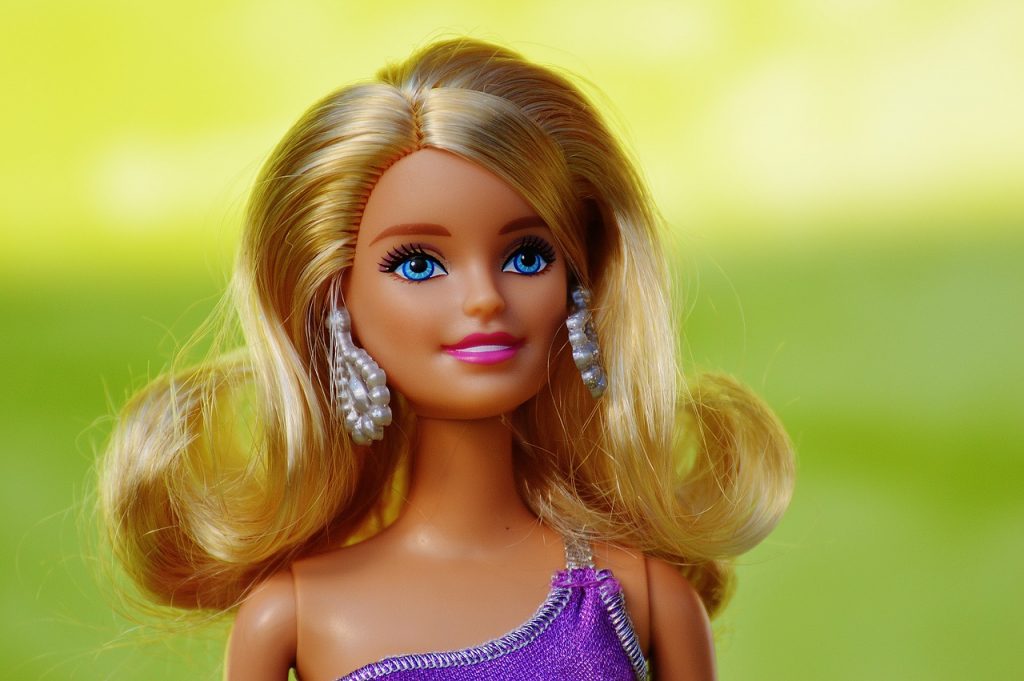The Amazing Changes Mattel Is Making To Its Barbie Line
Mattel, the toy giant responsible for Barbie, is expanding its line to make room for diverse dolls with varying body shapes and disabilities.
This article is more than 2 years old

“You look just like a Barbie!” If someone says these words to you, chances are you would take it to mean that you look perfect! We all know about the coveted Barbie Doll look by Mattel right down to her dream house, luxurious camper, and dreamy boyfriend, Ken.
One can quickly surmise that Barbie’s life is fairly perfect after glimpsing at her bleached blonde hair and tiny waist. But it seems children are looking for more diversity in their toys and want the Mattel doll’s life to reflect what they see daily—humanity.
No one is perfect. We’ve been told that since we were infants, yet we love to applaud the world’s most ideal example—Barbie. Mattel’s change in strategy seems to signal that consumers want to see themselves in the doll. From wheelchairs, impetigo, prosthetic limbs, varying body types, and hearing aids, Barbie is now, well, a little more relatable.
Mattel Is More Than Skin Deep
Barbie first found herself on the toy scene in 1959. With a high ponytail, tiny waist, red lipstick, and black and white bathing suit, she was the picture of hip sophistication. Today, according to Mattel, Barbie will be even more fabulous wearing her hearing aid or sporting a curvier silhouette because she represents more people.
Mattel’s newest Barbie line, “Barbie Fashionistas,” was launched in 2009 and began by featuring different “personalities” reflected in fashion choices. With names like “Glam,” “Cutie,” “Wild,” and “Sassy,” it became clear that the Mattel strategy included adding preferences to the doll, signaling that it was OK to stand out in your own unique way. Now, the brand is going much further beyond personality. And their strategy is paying off, yet again.
According to Kelly Philip, Mattel’s UK marketing director, “We know the variety of product offered is translating. Last year, eight of the 10 most popular Barbie dolls in the line were diverse,” she added.
Mattel’s trend shows no sign of slowing down. Phillip continues to explain that the company’s “Fashionistas” line is the most diverse line of dolls in the market. The dolls range from different skin tones and hair types to showing body diversity and reflecting people with permanent disabilities. And Mattel is just getting started.
One can purchase Barbie sporting her bright pink hearing aid located behind her ear. And this, say advocates, is fantastic news for everyone. Mattel consulted with a leading audiologist, Dr. Jen Richardson, on the idea, as well as the design and placement of the hearing aid. Dr. Richardson has more than 18 years of experience in hearing loss advocacy. “I’m honored to have worked with Barbie to create an accurate reflection of a doll with behind-the-ear hearing aids,” she said in a Mattel press release. She’s happy for her young patients who get to see and play with a doll who looks like them.
Everyone Is Barbie
Barbie is no stranger to evolving into her own woman over the years. Mattel has had her hold careers such as journalist, doctor to both animals and people, firefighter, and pilot. Although, as Tell Me Best recently reported, it is still challenging for a woman to break into a male-dominated field, Barbie seems to be blazing trails. As she became more diverse in her career choice, it only became evident that she should evolve into embracing true and obvious differences in people.
It’s clear then that Barbie reflects everyone. Mattel’s efforts to expand the doll’s line just makes good business sense. From a diversity improvement standpoint, it’s the right thing to do. And, as Tell Me Best has recently reported, Mattel is in a constant rivalry with Hasbro. What better way to stand out than reflect the realities of life? After all, teaching kids that beauty is all around—and that everyone is beautiful in their own way—is probably the best competitive advantage to have.







